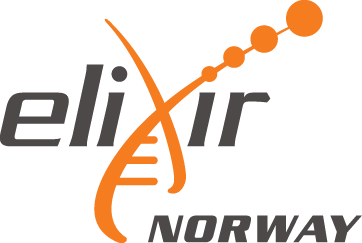Welcome to MirGeneDB 2.1 - the curated microRNA Gene Database
MirGeneDB is a database of manually curated microRNA genes that have been validated and annotated as initially described in Fromm et al. 2015 and Fromm et al. 2020. MirGeneDB 2.1 includes more than 16,000 microRNA gene entries representing more than 1,500 miRNA families from 75 metazoan species and published in the 2022 NAR database issue. All microRNAs can be browsed, searched and downloaded.
Updates to MirGeneDB 2.1 include:
- Substantial update to the evolutionary informed nomenclature system incorporating latest studies on vertebrate chromosome evolution (Simakov et al. 2021;Lamb et al. 2021; Peterson et al. 2021).
- Incorporation of novel & publicly available genome references for the majority of species.
- Inclusion of novel & publicly available expression data.
- Downloadable expression matrizes of normalized readcounts for all genes across all samples and each species.
- Addition of a simplified gene-expression representation to facilitate higher number of datasets.
- The inclusion of 30 new species including:
- The Burmese python Python bivittatus, Schlegel's Japanese gecko Gekko japonicus and the tuatara Sphenodon punctatus
- The frog model system Xenopus laevis and the gymnophione Microcaecilia unicolor
- The coelacanth Latimeria chalumnae
- Three new teleost species, the pufferfish Tetraodon nigroviridis, the Atlantic cod Gadus morhua, and the Asian swamp eel Monopterus albus
- The spotted gar Lepisosteus oculatus and the Australian Ghostshark Callorhinchus milii
- Two cyclostomes, the hagfish Eptatretus burgeri and the lamprey Petromyzon marinus
- The European lancelet Branchiostoma lanceolatum
- The xenoturbellid Xenoturbella bocki
- The Atlantic horseshoe crab Limulus polyphemus and the Arizona bark scorpion Centruroides sculpturatus
- The Large common waterflea Daphnia magna
- Two new Drosophila species (D. simulans and D. yakuba)
- The cephalopod species Nautilus pompilius, the Hawaiian bobtail squid Euprymna scolopes, the California two-spot octopus Octopus bimaculoides and the common octopus Octopus vulgaris
- The freshwater planarian Schmidtea mediterranea
- The rotifer Brachionus plicatilis
- The cnidarians, the starlet sea anemone Nematostella vectensis and the freshwater polyp Hydra vulgaris
- The sponge species Amphimedon queenslandica and Mueller's freshwater sponge Ephydatia muelleri
- Clustered microRNAs are now considered clustered if they are within a 50KB window instead of 10KB (Baskerville & Bartel 2005).
- A detailled report on the individual differences between version 2.0 and 2.1 for all species can be found in the information section.
MirGeneDB is supported by the Tromso Research foundation and part of RNAcentral and the Elixir Norway framework.






